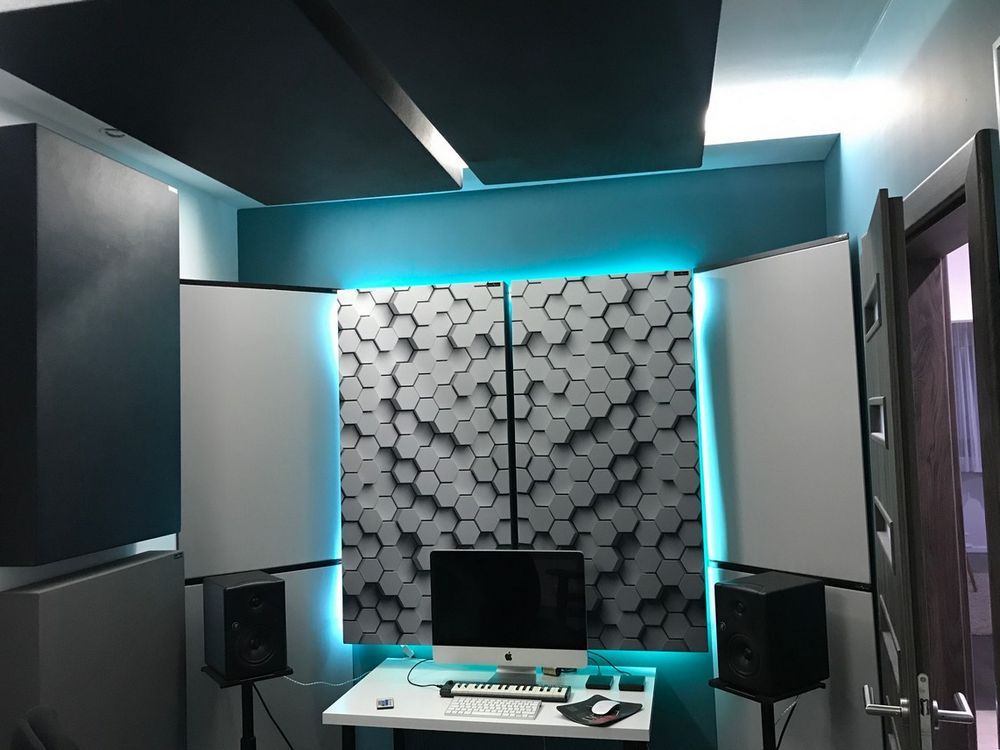Written by: Mallet_sam
For our purposes, ‘an acoustic panel’ refers to an instrument that creates sound waves by amplifying vibrations from various sources.

This, in turn, is used to detect the presence of objects or chemicals, no matter how faint. The panels are usually coated with a semiconducting material to absorb and emit light at varying frequencies. They are also often referred to as optical fibers since they can be made out of glass or plastic.
The function of the acoustic panel is similar in principle to most other sound detection devices such as microphones: it turns inward vibrations into electrical signals that can be amplified further and processed by a computer.
An acoustic panel is an excellent tool for laboratory and industrial labs and monitoring larger spaces such as homes and office buildings. It can be used to detect the presence of animals or people, detect intruders, listen in on conversations, or even help locate missing children.
Today we will talk about the basics of acoustic panels and how they can be used for specific purposes. This acoustic panel is going to be used in a simple lab experiment.
It is possible to do the same experiments with other detectors such as motion sensors, passive infrared sensors, and even pressure sensors that can detect gas levels. But they are not easy to build, and they need access to power and a computer. So, in this case, we will be using an acoustic panel.
Also, there are many different acoustic panels with other features, so this will be an excellent opportunity to learn about the various types and how they work. Acoustic panels are used for detecting vibrations from a wide range of sources. They convert it into an electric signal, where it can be amplified and processed further.
The …
















